The painting process for automotive bodies is a complex operation. After the individual painting steps, the entire body is heated to temperatures of up to 180 °C in ovens up to 100 meters long to dry the paint. Correct drying is a basic prerequisite for optimal painting results.
inpro started work on the simulation of the heating and drying process in 2003. Based on physical principles, a simulation model was developed that takes into account all heat and evaporation phenomena as well as their complex interactions. The simulation approach was successfully verified both on a Golf A5 partial body and in a real continuous dryer. As a result, both the temperature and the paint moisture could be determined with high accuracy at any point during the drying process. The simulation of the drying and stoving processes makes it possible to determine the influences of air humidity, air flow, component changes or temperature on the painting result. Critical areas of the car body, such as door seams, can be identified in advance and measures to improve the painting result can be checked for their suitability. With the goal of a calibration-free simulation software as a planning tool, the work was advanced together with the shareholders until 2007. inpro was able to develop a central element of the process chain simulation with the dryer simulation and to prove the principle suitability for this.
The simulation of drying and curing processes within the painting process of automotive bodies is an important step towards the future simulation of continuous process chains in the sense of the digital factory. This applies both to the planning of new and the optimization of existing plants as well as to the introduction of new vehicle models. In particular, the pre-production process can be shortened and the number of prototypes reduced.

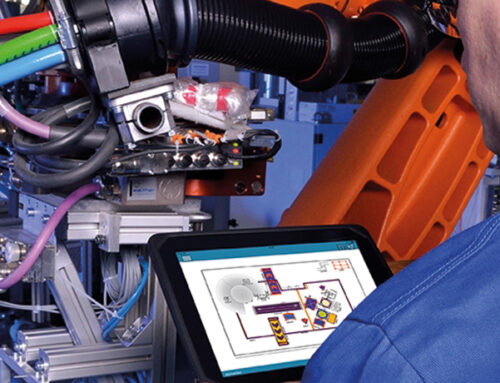
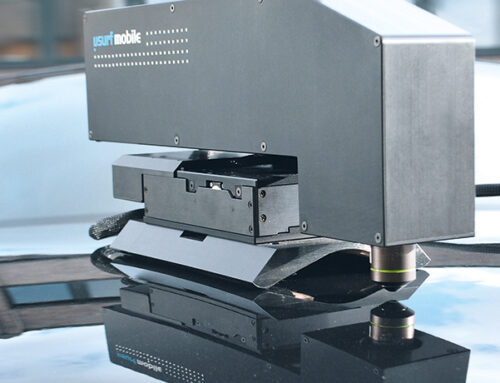
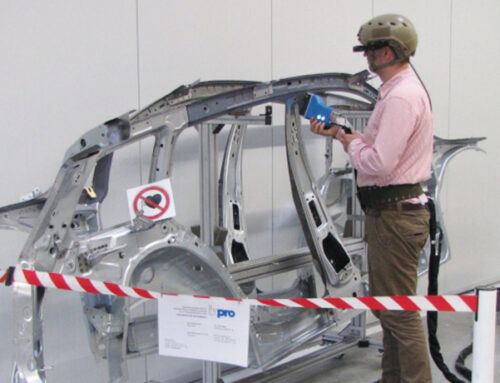
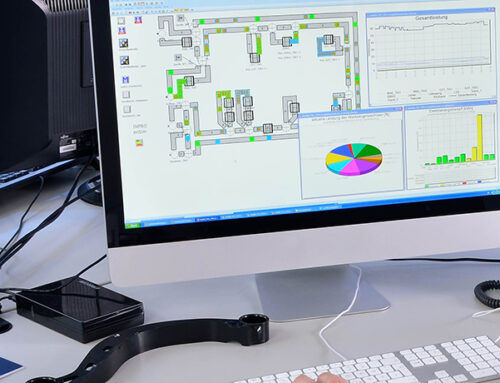

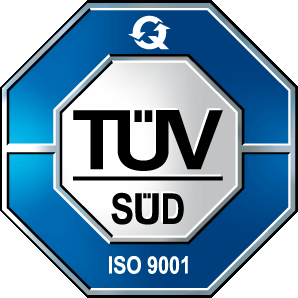 inpro
inpro